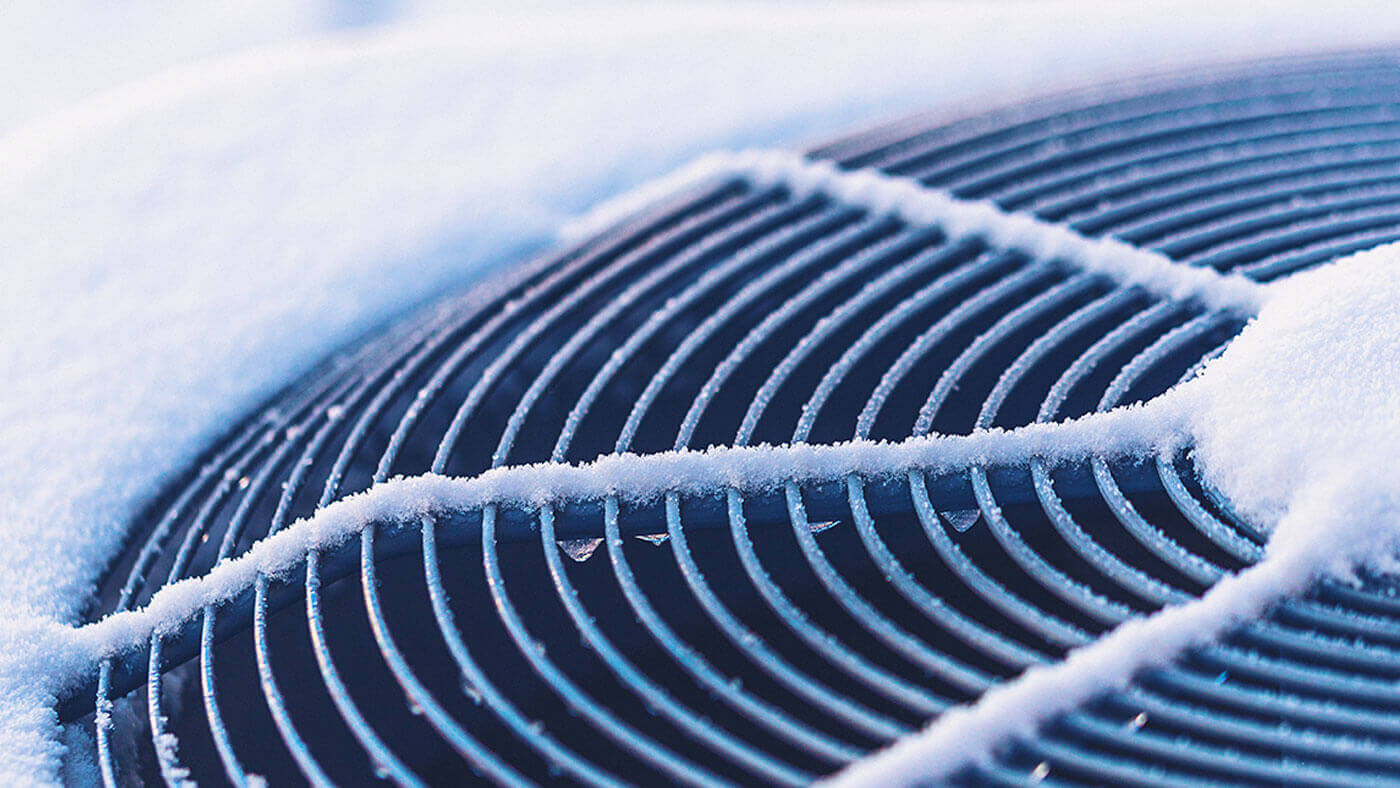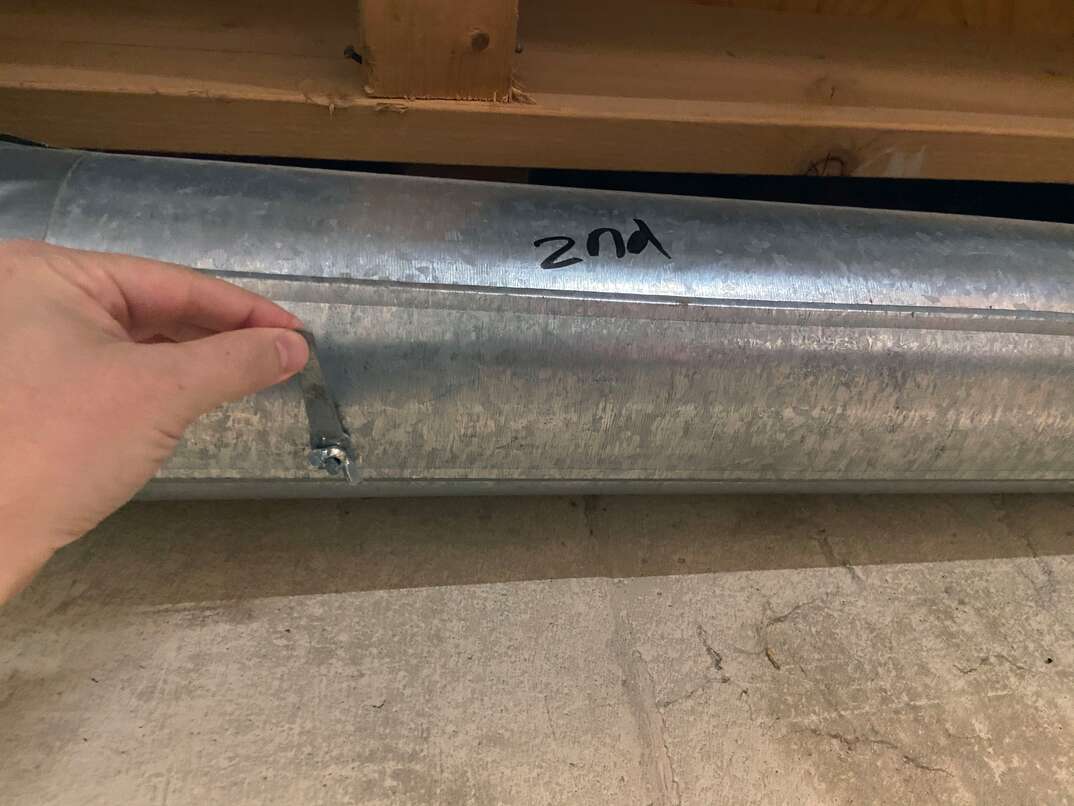How to bundle up your HVAC for Winter

Heating and cooling account for at least half of the energy used in our homes, according to Energy Star. So when the cold shows no signs of relenting, it's a good idea to make sure your heating system is in shape to avoid the common central air and heating problems many homeowners face during the winter. Without the right preparation, you might experience issues with your system, such as frozen pipes, poor airflow, broken thermostats and dirty filters, which may lead to higher utility bills.
Preventative maintenance could help you avoid these problems, while making sure your unit will remain efficient enough to cool your house when the temperatures eventually begin to rise. Follow these tips to make sure your system is prepped and ready to efficiently maintain cozy indoor spaces:
What you can do yourself:
Change the filters
Air filters prevent dust and dirt from building up, but lose their strength if they get too dirty. Grimy filters mean the system will have to work harder to warm the space, which results in wasted energy, higher bills and the possibility of expensive maintenance. Ideally, you should check your filters once a month to see if they need replacing. To be on the safe side, change your filters at the first signs of winter. Filters typically need to be swapped out more frequently during the colder months since air quality can suffer when windows and doors are closed for longer periods of time.
Seal the ducts
Pay attention to your ductwork to make sure you're getting the most out of your HVAC system. Tears, holes and other issues can cause the ducts to leak, which wastes energy and decreases indoor air quality. When they're properly sealed and insulated, they can increase the efficiency of your HVAC system by as much as 20 percent, according to SLM Facility Solutions Nationwide. While you’re working on the ducts, check in on your windows and doors as well. They also need to be sealed properly to ensure utmost home heating efficiency. Weatherstrips are an easy and affordable way to seal doors and windows. Or, you can use foam tape, window film or caulking, which are all available at your local home improvement store.
Check your thermostat to make sure it’s working properly, especially after sealing any spaces that could be letting in cold air. Test the device against a regular thermometer and replace the gauge if it is not registering correctly.
Protect from outside forces
It's important to keep your HVAC unit clear of any debris - such as fallen leaves, grass clippings or overflowing water - to avoid clogged condensers and restricted airflow. Brush away any debris and gently clean inside the condenser with a hose. If that doesn't work, you can use a condensing coil cleaner.
Take cover cautiously
While you need blankets to keep warm during the cooler months, try to avoid doing the same with your outdoor HVAC unit. Covering it can restrict heating airflow, causing rust and sending an unintentional invitation to mice to make a cozy home in the unit. If it's purely an air conditioning unit, you can conceal it with tarp or a store-bought cover to protect it from debris after you've completed the other preparation steps.
What to leave to the professionals:
Expert maintenance
Most HVAC professionals recommend getting your system inspected at least twice a year. Schedule one of the inspections at the beginning of winter so you'll feel confident your system is prepared to endure the colder weather. Technicians can provide the services to fully winterize your system: Overall inspections, proper cleaning, unit adjustments, annual tune-up and safety tests. They can also perform a home energy audit and develop ways to increase efficiency. An efficient system will keep you warm this winter, while also helping to lower your utility bills.
When something does go wrong
HomeServe HVAC repair plans can help cover costs and provide services when you're experiencing emergency issues with your system. We'll help to alleviate the stress of dealing with unexpected HVAC emergencies and get your system fixed in a timely and efficient manner. Enter your ZIP Code to learn more about affordable home repair services available in your area.


